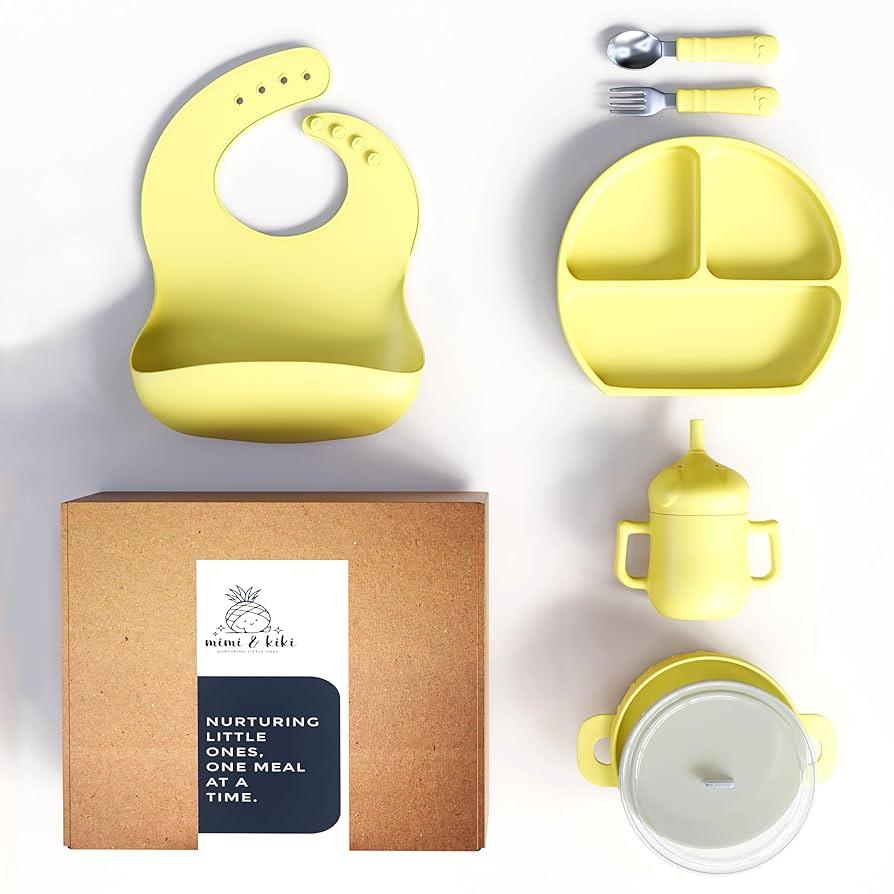Welcoming a new baby into your life brings a whirlwind of joy, decisions, and responsibilities-especially when it comes to ensuring their health and safety. Among the many choices parents face, selecting feeding products stands out as a critical concern. With countless options flooding the market, how can you be certain that bottles, sippy cups, and utensils are not only practical but free from harmful chemicals like BPA? This article will guide you through the essential considerations for choosing safe, BPA-free feeding products that nurture your little one with care and peace of mind.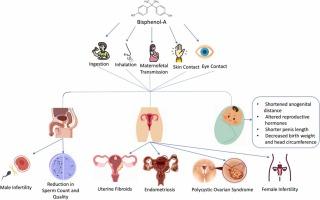
Understanding BPA and Its Impact on Infant Health
BPA, or Bisphenol A, is a chemical commonly found in plastics used for feeding bottles, storage containers, and other baby products. Research suggests that BPA can leach into food or liquids, especially when heated, posing potential risks to an infant’s delicate endocrine system. Exposure to BPA has been linked to hormonal disruptions, developmental issues, and even increased susceptibility to certain allergies and metabolic conditions in early childhood. A baby’s body is still developing, making it crucial to minimize contact with harmful chemicals during feeding routines.
To safeguard your little one’s health, it’s vital to identify and select products free from BPA and other hazardous substances. Look for labels that explicitly state BPA-free, and prefer materials like silicone, glass, or stainless steel over plastics where possible. Here are some essential points to keep in mind when choosing feeding gear:
- Check product certifications and safety standards
- Avoid plastics marked with recycling codes 3, 6, and 7, which may contain BPA
- Opt for durable, easy-to-clean materials that resist wear and tear
- Inspect bottles regularly for cracks or discoloration that could indicate chemical breakdown
| Material | BPA Risk | Benefits |
|---|---|---|
| Glass | None | Non-toxic, easy to clean, durable |
| Silicone | None | Flexible, lightweight, heat resistant |
| Plastic (Number 1, 2, 5) | Low to none (if BPA-free) | Lightweight, inexpensive, widely available |
| Plastic (Number 3, 6, 7) | Possible BPA presence | Cheap but less safe |
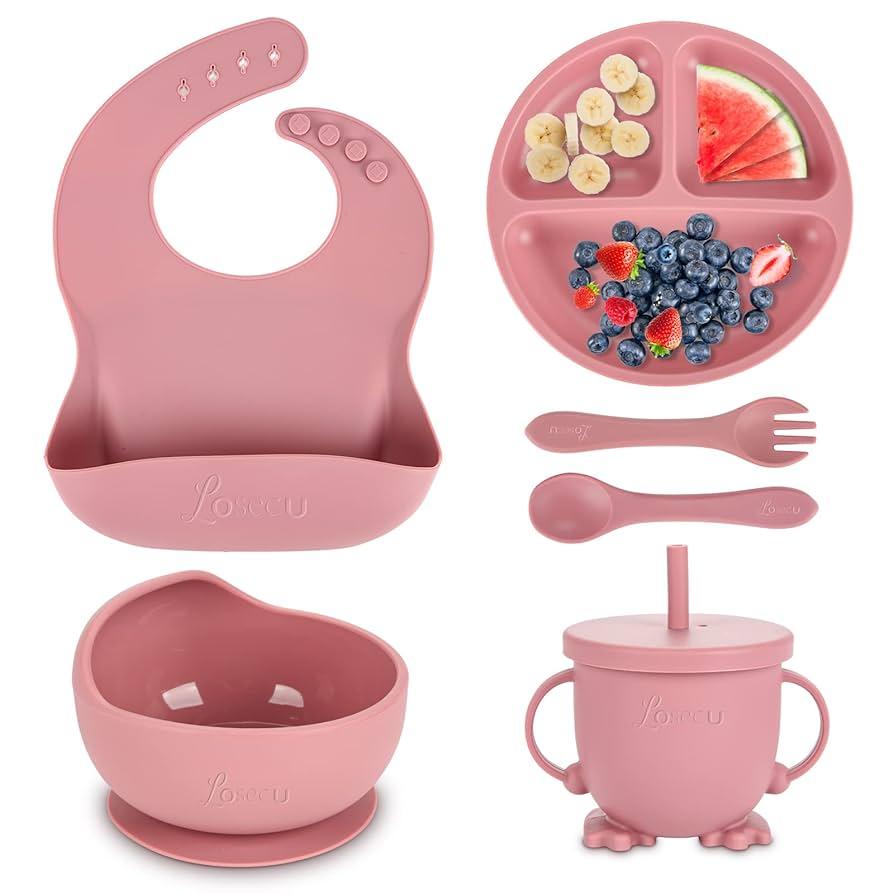
Materials to Look for When Selecting BPA-Free Feeding Products
When selecting feeding products free from harmful chemicals, the choice of material is just as important as the BPA-free label itself. Opting for silicone is a smart move-this flexible, durable, and odorless material is naturally resistant to bacteria, making it a safe option for baby bottles and pacifiers. Similarly, glass products provide a non-toxic alternative, as they do not leach chemicals and can be sterilized at high temperatures without damage. For parents preferring plastic, look specifically for polypropylene (PP) or high-density polyethylene (HDPE), as these are generally BPA-free and FDA-approved for food safety.
Check the labels for certifications indicating the product has undergone rigorous safety testing. Materials like stainless steel are gaining popularity due to their strength and non-reactive nature, ideal for feeding cups and thermos bottles. Here’s a quick overview of safe materials to consider:
- Silicone: Soft, flexible, and resistant to heat.
- Glass: Chemical-free and easy to clean, but breakable.
- Polypropylene (PP): Lightweight and BPA-free plastic.
- High-Density Polyethylene (HDPE): Durable and safe plastic alternative.
- Stainless Steel: Sturdy, long-lasting, and non-toxic.
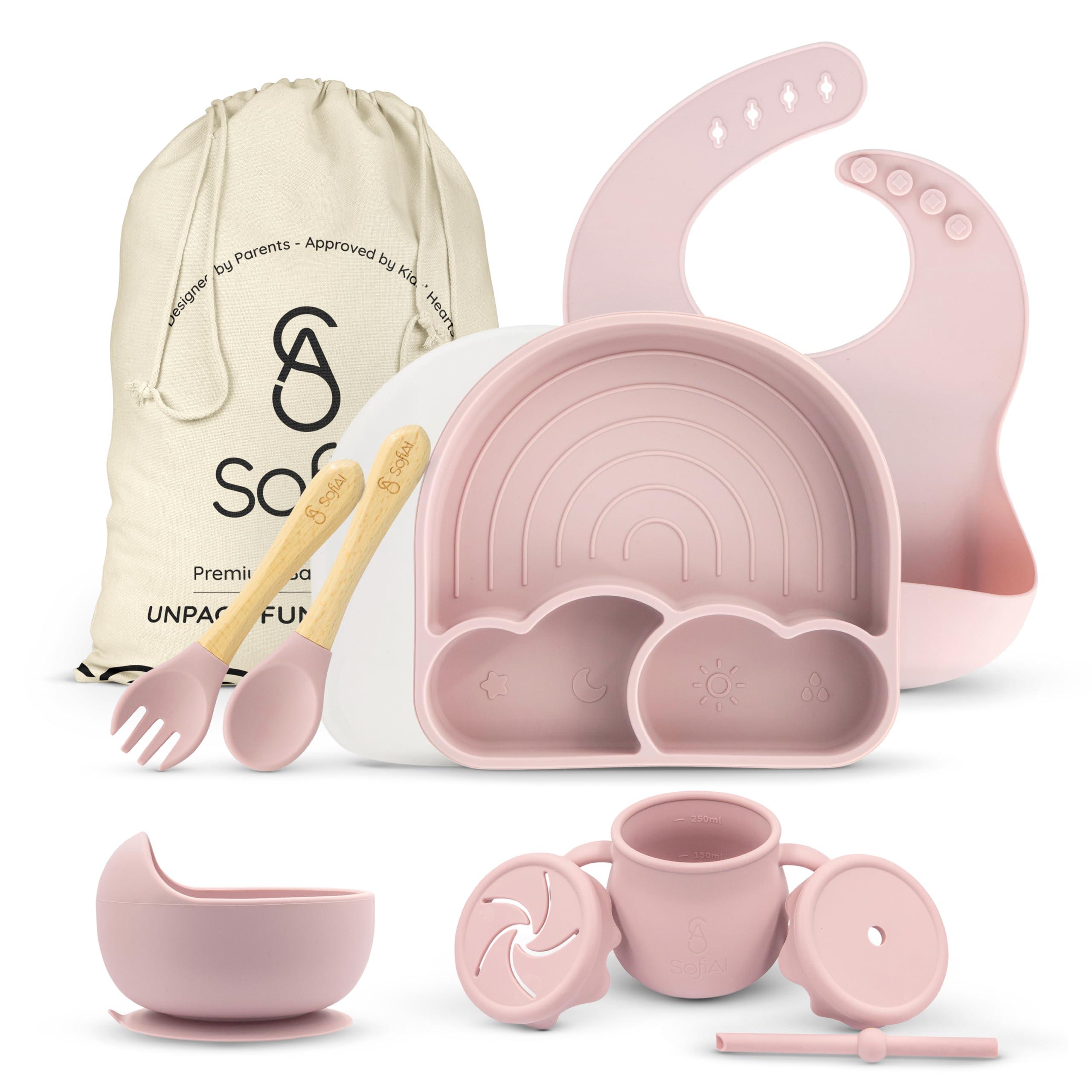
Evaluating Label Claims and Certification Marks for Safety
When selecting feeding products, understanding the meaning behind label claims can be your first defense against hidden chemicals. Terms like BPA-free, phthalate-free, or non-toxic indicate safer materials but always verify their authenticity. Certified marks from reputable organizations offer higher confidence as they require thorough testing. Keep an eye out for certifications such as:
- FDA Approved – assures compliance with health safety standards
- GreenGuard Gold – guarantees low chemical emissions
- European CE Mark – confirms conformity with EU safety standards
To simplify your choice, here’s a quick reference table of common safety seals and what they ensure for baby feeding products:
| Certification | Safety Assurance | Reliability |
|---|---|---|
| FDA Approved | Material safety & hygiene | High |
| GreenGuard Gold | Low chemical emissions | Medium-High |
| CE Mark | Conforms to EU safety directives | High |
| Nordic Swan | Eco-friendly & non-toxic | Medium |
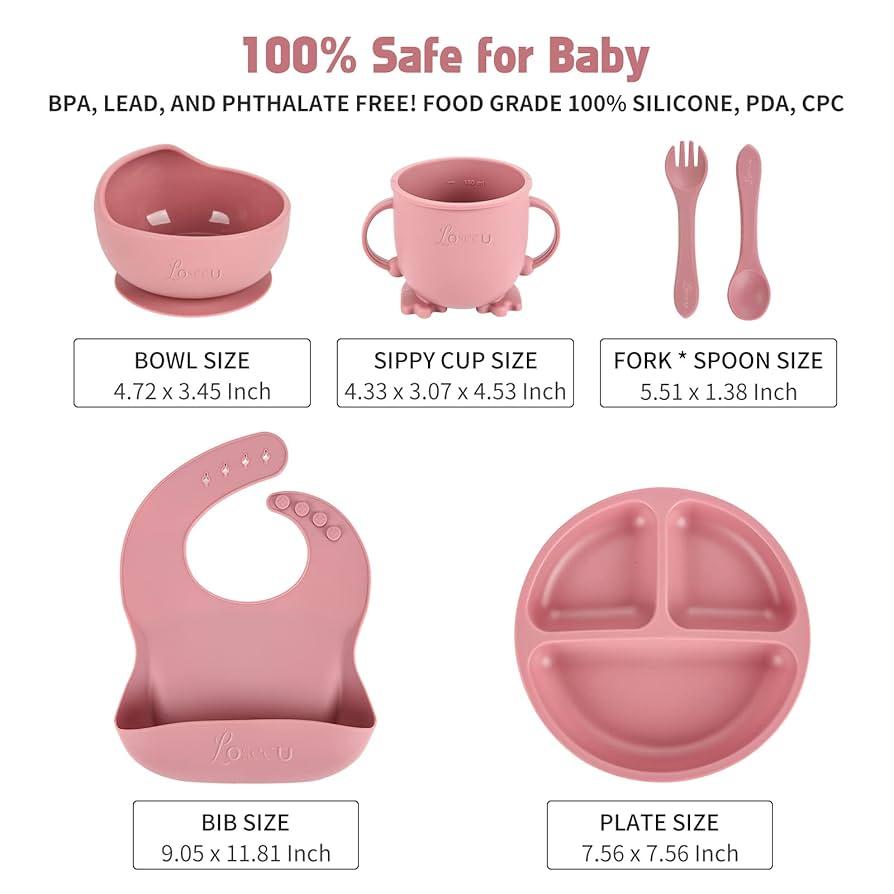
Top Recommended BPA-Free Feeding Products for Peace of Mind
Finding feeding products that are genuinely BPA-free can be a challenge with so many options on the market. To make your search easier, consider trusted brands known for rigorous safety testing and transparent material sourcing. Look for items made from high-quality silicone, glass, or polypropylene plastic, all marked BPA-free. Popular choices include silicone nipple bottles that mimic breastfeeding, and sturdy glass bottles with silicone sleeves for added protection. These options not only eliminate BPA exposure but also offer durability and ease of cleaning, contributing to a healthier feeding experience for your little one.
Below is a quick reference guide to some top-recommended BPA-free feeding essentials, curated for peace of mind and functionality:
| Product | Material | Special Features | Price Range |
|---|---|---|---|
| ComfySip Silicone Bottle | Food-grade Silicone | Flexible, soft teat; dishwasher safe | $15 – $25 |
| ClearSafe Glass Bottle | Borosilicate Glass + Silicone Sleeve | Break-resistant, chemical-free | $20 – $35 |
| NurturePure Polypropylene Cups | Polypropylene Plastic | Lightweight, BPA- and phthalate-free | $8 – $15 |
By choosing these BPA-free products, you prioritize your baby’s well-being without compromising on convenience or style. Always double-check product labels and certifications to verify safety claims, and remember that simplicity and trusted materials are key ingredients for a worry-free feeding routine.
To Wrap It Up
Choosing safe and BPA-free feeding products for your baby is more than just a shopping decision-it’s a commitment to their health and well-being. By staying informed and attentive to labels, materials, and trusted certifications, you can confidently create a nurturing environment where your little one thrives. Remember, every small choice you make today builds the foundation for a safer, healthier tomorrow. Your baby’s safety is always worth the extra care.
